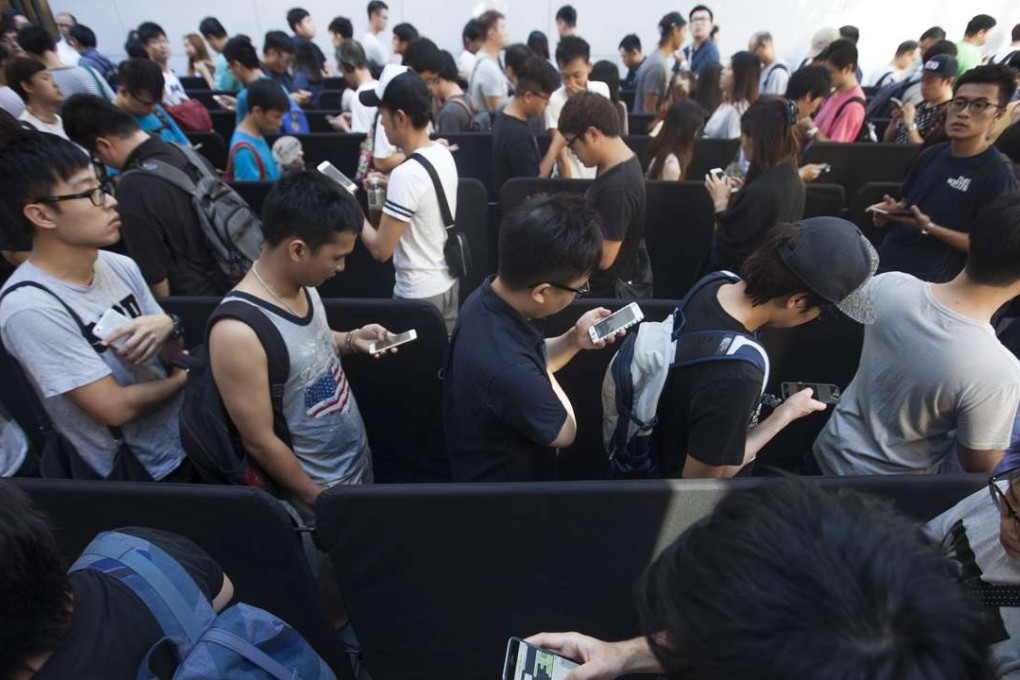Macroscope | iPhone production ban among tactics China may deploy in new trade war with the US
One economist warns of looming ‘a symmetric trade war’ if the next US Administration imposes punitive trade tariffs on China made goods

“We will work harder to build an open world economy, reject protectionism, promote global trade and investment,” said the G20 communique issued in Hangzhou on September 5. But actions speak louder than words and the political risk is that the next US President rows back on those G20 pledges.
The nature of trade policies adopted by the next US President, whether it is Donald Trump or Hillary Clinton, will be critical. Asia, and in particular China and Hong Kong, would arguably have much to lose if Washington moved away from support for open trade.
But the United States shouldn’t think it gets off scot free if it erects trade barriers. Any response-in-kind from China would undoubtedly hit the US economy.
World trade is already facing headwinds. “According to the preliminary data, the volume of world trade fell 1.1 per cent in July 2016 from the preceding month,”the CPB Netherlands Bureau for Economic Policy Analysis said last week, with the decline “deeper in emerging economies than it was in advanced economies”.
The situation is epitomised by stresses in the container shipping industry where shipowners have taken on debt to finance the construction of new and ever-larger vessels in expectation of higher volumes of global trade that are not materialising
Indeed “international trade is in the doldrums for the fifth straight year”, said last week’s 2016 Trade Development Report from the United Nations Conference on Trade and Development.
